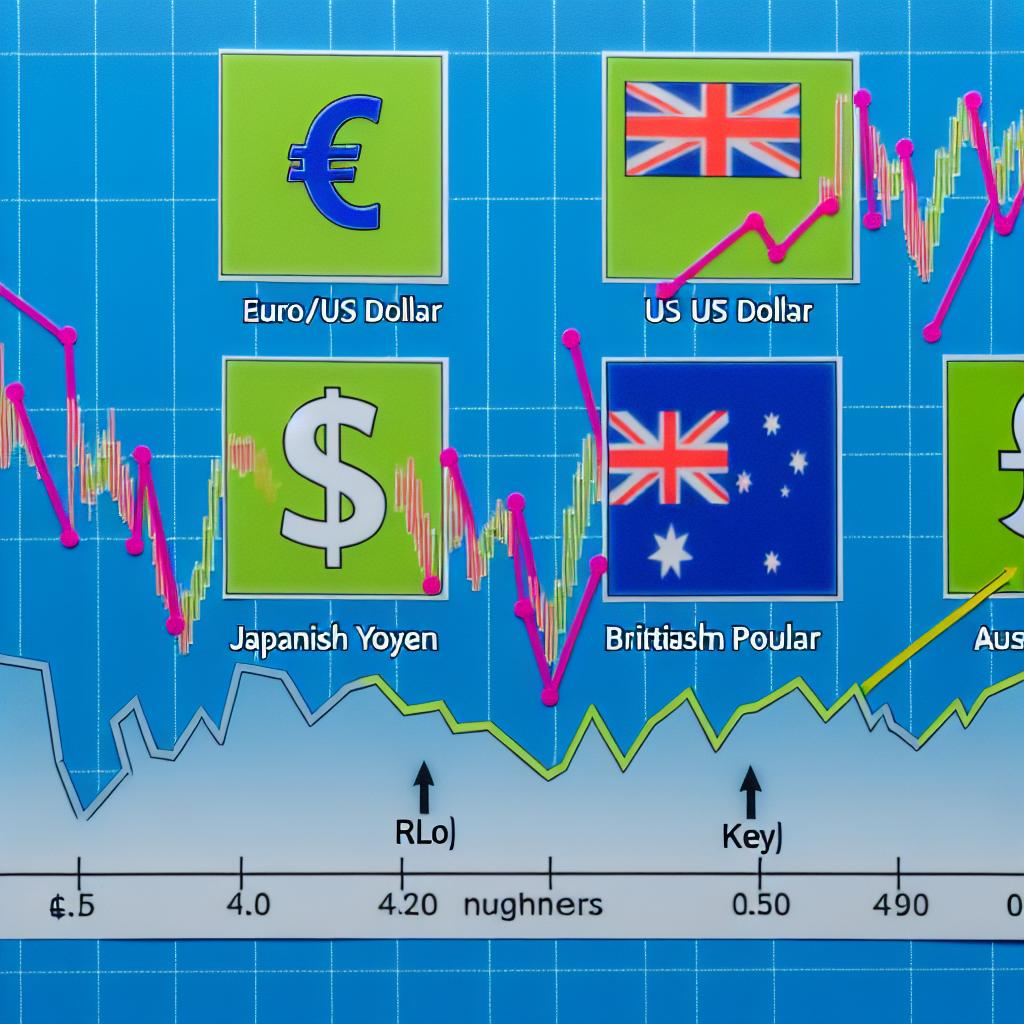The Role of Stop-Loss and Take-Profit Orders in Forex Trading
In the financial market of forex trading, understanding and effectively utilizing different types of orders is crucial for financial success and risk management. Two such critical tools are the stop-loss and take-profit orders. These orders play significant roles in safeguarding investments and ensuring profitability.
Understanding Stop-Loss Orders
A stop-loss order is a pre-set order to sell a security once it reaches a certain price, aimed primarily at limiting potential losses. This automated mechanism provides traders with a way to avoid substantial losses by exiting a trade when the market moves unfavorably.
One of the main benefits of employing stop-loss orders is the ability to manage risk without the need for constant monitoring of the markets. Since the forex market operates 24/5, constantly keeping an eye on price movements can be impractical. By setting a stop-loss order, traders can rest assured that their financial vulnerability is minimized.
Another advantage is that stop-loss orders enforce trading discipline, as they remove emotional and subjective decision-making from the trading process. Emotional trading can often lead to increased losses and can prevent traders from making rational decisions.
Beyond risk management and trading discipline, stop-loss orders also help in maintaining a clear focus on the trading strategy. By defining predetermined exit points, traders can better assess the effectiveness of their strategies and make necessary adjustments.
However, the successful implementation of stop-loss orders is dependent on the precise determination of the stop-loss level. Setting this level too tight may result in premature trade exits during temporary market fluctuations, commonly known as whipsaws. Conversely, a stop-loss that is too far may lead to deeper losses. Thus, finding the right balance is crucial.
Utilizing Take-Profit Orders
A take-profit order, on the other hand, automatically closes a trade when it reaches a set profit level. This tool ensures that profits are captured before any market reversals can occur, thus securing earnings when the market is favorable.
Take-profit orders are especially beneficial in volatile markets, where prices can fluctuate rapidly. By setting a take-profit level, traders can lock in gains and simultaneously manage their open positions effectively. This reduces the need to constantly monitor the markets for potential exit points.
Additionally, using a take-profit order can help traders achieve a favorable risk-reward ratio. By determining the desired profit level in advance, traders can set corresponding stop-loss levels to maintain balance. This method helps in strategizing the trading approach and enhances consistency.
Moreover, take-profit orders assist in mitigating psychological influences in trading. The psychological pressure of securing profits is alleviated when a predetermined profit target is set, helping traders avoid the temptation to overtrade based on short-term market movements.
Despite these advantages, setting take-profit orders requires a well-considered approach. Like stop-loss orders, setting the take-profit level too tight can result in missing out on additional profits if the market continues to move favorably. Hence, traders need to analyze market trends and behavior to determine optimal take-profit points.
Designing an Effective Strategy
Utilizing a combination of both stop-loss and take-profit orders allows traders to establish a more controlled trading environment. It facilitates strategic planning and execution by defining clear entry and exit points.
Implementing these tools requires sound analysis and understanding of market trends, potential risks, and overall trading objectives. Traders should avoid setting arbitrary stop-loss and take-profit levels without prior research and analysis, as it could lead to unsatisfactory results.
To design an effective strategy, traders often engage in technical analysis, using tools such as moving averages, support and resistance levels, and other indicators to identify potential entry and exit points. By aligning stop-loss and take-profit orders with these technical indicators, traders can enhance the robustness of their trading strategies.
Moreover, incorporating fundamental analysis can also aid in determining the order levels. Understanding macroeconomic indicators, political events, and other factors that influence currency movements can provide deeper insights into potential market direction, thereby assisting in the fine-tuning of stop-loss and take-profit placements.
For more detailed information on implementing stop-loss and take-profit strategies, traders can refer to specialized financial education platforms.
Conclusion
Understanding and utilizing stop-loss and take-profit orders are vital components of a successful forex trading strategy. These orders provide invaluable protection to traders by preserving capital and securing profits. By employing these tools thoughtfully, traders can navigate the forex market with greater confidence and discipline.
Implementing a well-rounded strategy that incorporates these orders lays a robust foundation for long-term financial success in forex trading. While risk cannot be eliminated entirely, the prudent use of stop-loss and take-profit orders equips traders with the capacity to manage their exposure and enhance profitability. Through continuous learning and adaptation, traders can refine their strategies and align their trading activities with their financial goals.
In conclusion, the effective use of stop-loss and take-profit orders translates into a disciplined trading approach. These instruments not only safeguard investments but also promote a systematic method of engaging with the forex market. By prioritizing these order types, traders can establish a structured framework for consistent trading success, ultimately leading to more informed and advantageous trading decisions.




